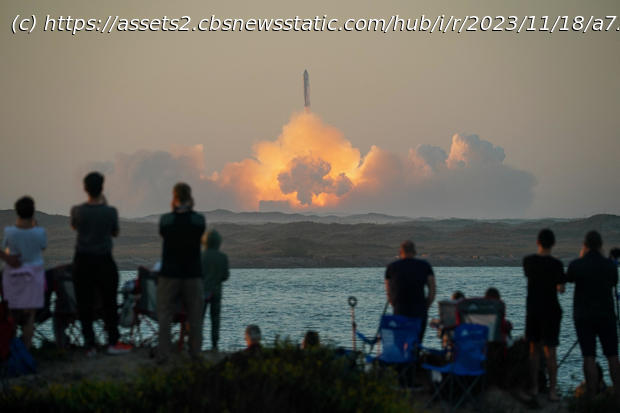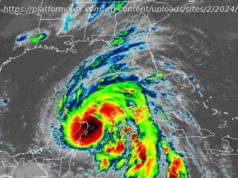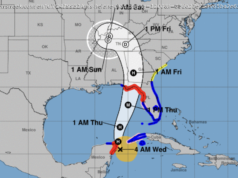Seven months after a catastrophic failure, SpaceX launched its Super Heavy-Starship, the most powerful rocket ever built, but once again ran into problems.
SpaceX’s gargantuan , the most powerful rocket ever built, blasted off on its Saturday, and while the initial stages of the mission went smoothly, the first stage broke apart moments after separation from the Starship upper stage. The Starship, in turn, blew itself up as it neared space.
Viewed as a successful learning experience by SpaceX, it was the second failure in a row to get the Starship upper stage into space, a frustrating disappointment for Elon Musk’s rocket company and a potentially major setback for NASA, which is counting on the Starship to carry Artemis astronauts to the surface of the moon in the next few years.
While SpaceX’s philosophy is to fly as soon as possible and learn from any mistakes, NASA will require a long string of successful missions before the agency will deem it safe to put astronauts aboard. SpaceX will no doubt resolve the issues that derailed Saturday’s flight, but every delay poses a threat to NASA’s moon landing timeline.
Shattering the morning calm at SpaceX’s Boca Chica launch site on the Texas Gulf Coast, the Super Heavy’s 33 methane-burning Raptor engines ignited with a torrent of flame at 8:03 a.m. EST, instantly engulfing the rocket in billowing clouds of dust and steam.
Gulping more than 40,000 pounds of methane and liquid oxygen per second, the 397-foot-tall, 11-million-pound rocket slowly climbed skyward, thrilling thousands of area residents, tourists and journalists who looked on from nearby South Padre Island.
The launching came nearly seven months after an April 20 maiden test flight four minutes after liftoff, triggered by multiple first stage engine failures, problems separating the Starship from the Super Heavy and a catastrophic tumble. Maximum altitude: 24 miles.
The second time around, the rocket got farther and several of the systems that derailed the first test flight appeared to work normally. All 33 Raptor engines powering the first stage fired throughout the boost phase of the flight and a new « hot staging » system, in which the Starship’s engines ignited before separation, work as designed.
Moments after separation, the first stage flipped around and began lining up for a planned controlled splashdown in the Gulf of Mexico, closer to the Texas coast. But moments later, it suddenly broke apart, possibly due to stresses imposed by the hot-staging technique.
The Starship, however, continued the climb toward space on the power of its six Raptor engines. All went well until about eight-and-a-half minutes into the flight when controllers lost contact with the rocket. The vehicle had disappeared from view in long-range tracking cameras by that point, but a sudden, shimmering disturbance in the atmosphere may have been a sign of the rocket’s destruction.
Home
United States
USA — Science SpaceX launches Super Heavy-Starship rocket on 2nd test flight, but fails to...






